Reality or illusion: The SCHIRN presents a major exhibition dedicated to the idea of staged vision.
From October 6, 2017 the SCHIRN presents a major exhibition dedicated to the cultural history of vision. It focuses on the diorama, which is used to reconstruct and realistically stage events, stories, and habitats with the aid of various means. Invented in the nineteenth century by the French painter and photography pioneer Louis Daguerre as a playhouse enlivened with light effects, it, as a glass showcase became the presentation form par excellence for natural history museums.
The diorama stages human knowledge of the world, not without influencing and perpetually challenging the viewer’s perception. Being the first comprehensive examination of the diorama, the exhibition highlights both the various stories behind the development of this form of presentation and the correlations and chronological developments that took place parallel to it. The diorama has been a crucial source of inspiration to this day: Numerous artists of the twentieth and twenty-first centuries address questions of staged vision in their works by questioning and dissolving the illusion of a reconstructed reality.
The cultural history of vision
The exhibition at the SCHIRN presents the early forms of the diorama in religious art and its beginnings in the playhouse and showman art of the nineteenth century, and considers the diorama as the preferred form of presentation for museums conveying natural-historical and anthropological knowledge. The deconstruction of the diorama in today’s art is illustrated by large-scale installations, contemporary dioramas, sculptures, photographs, and films by such artists as Richard Baquié, Marvin Gaye Chetwynd, Mark Dion, Isa Genzken, Robert Gober, Mathieu Mercier, Kent Monkman, Hiroshi Sugimoto, and Jeff Wall. The presentation develops an overall chronological narrative that traces the cultural history of vision and of exhibiting from various perspectives.

Diorama by Daguerre and Bouton, photo MarieLince (Own work) [Public domain], Image via wikimedia.org
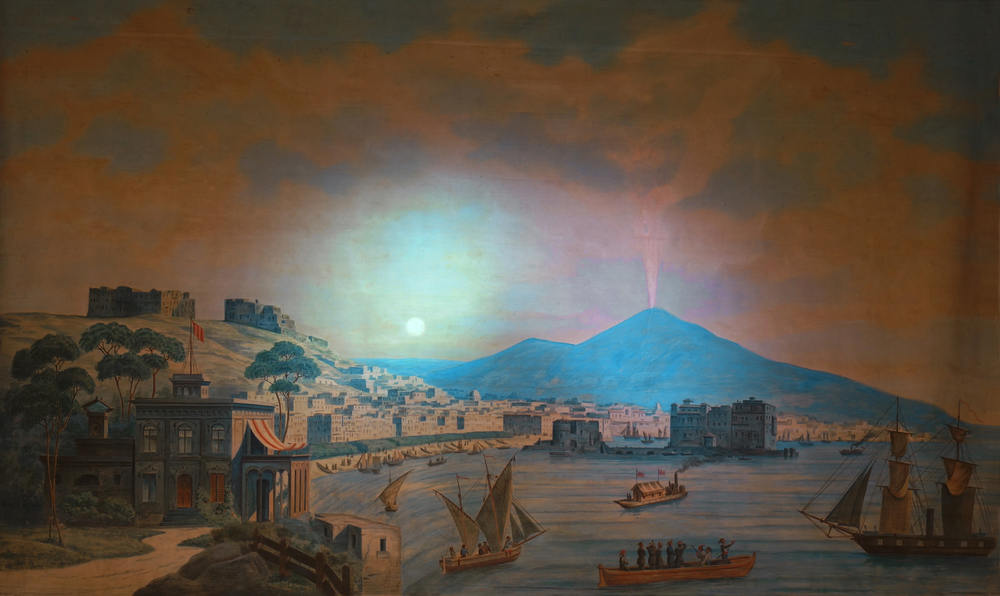
Louis Jacques Mandé Daguerre (1781–1851) and Charles-Marie Bouton (1781–1853) are considered the inventors of the diorama – as an optical-mechanical playhouse. The first diorama opened in Paris in 1822 and, according to Daguerre, offered viewers “all means of illusion.” In this walk-in theater, stories painted on large, semi-transparent canvases were set in motion with light and stage techniques. Expanded in this way, the pictorial space brought a new, enhanced quality to illusionism. Numerous showmen adopted this process. Fairground visitors were thus able to marvel at illuminated canvases and dioramas with scenes of historical events, which were set in motion and accompanied by orchestral music when activated with coins. The exhibition at the SCHIRN includes, for example, Jean Paul Favand’s work "Naguère Daguerre" (2012), which relies on two restored canvases from a nineteenth-century mechanical theater. Using digital technology, the canvases are illuminated and tell the story of the eruption of Vesuvius in the Bay of Naples. The projection of the moving images onto canvas in the diorama made it a forerunner of cinema and 3D technology.
Sculptural presentations behind glass
After 1900, the significance of the diorama concept changed in Europe and the USA, expanding into other areas. As a glass showcase, it established itself as the preferred form of presentation for natural-historical, anthropological and historical museum collections. Early forms, so-called proto-dioramas, can actually be found in religious art. These take the form of small and larger sculptural presentations behind glass, which were intended to bring the secret of faith to life. As objects of popular devotion, they became widespread in the seventeenth and eighteenth centuries. The exhibition includes works by the Neapolitan wax doll maker and nun Caterina de Julianis (1695–1742), as well as the three-dimensional devotional image titled "Paradis" from the nineteenth century and small showcases that depict monastic life with the utmost precision.
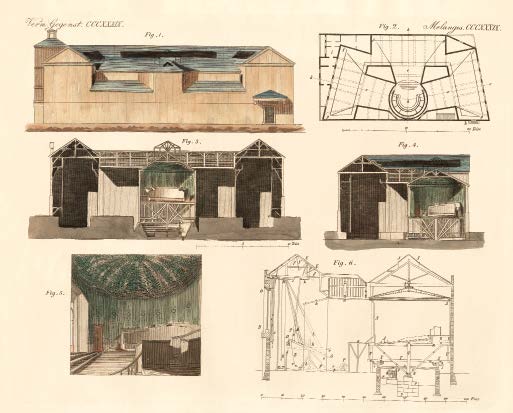

The diorama as a museum installation with an illusionist effect ultimately brings science to the stage. It is a complex presentation form which–frequently inextricably linked to the architecture–sets the scene of a habitat and the original surroundings through the arrangement of objects against a painted background. The diorama not only combines objects but becomes one itself: It brings together various materials, such as plaster, textiles, fur, paper, wood, and paint, which are processed and arranged creatively by artists, anthropologists, and museum taxidermists to form an overall scene.
Propaganda tools
The pieces on show at the SCHIRN include painted studies from 1926 for the African Hall at the American Museum of Natural History (New York), which the renowned mountain gorilla researcher and taxidermist Carl Akeley (1864–1924) set up, or a three-part habitat diorama using the example of the Alaskan snow sheep, as well as other natural-historical showcases by the naturalist and taxidermist Edward Hart (1847–1928). The first anthropological dioramas emerged in Europe in the 1870s and spread quickly. This development was supported by the World’s Fair in Paris. In the age of colonialism, dioramas served as propaganda tools and for the political justification of hegemonic power struggles. It was parallel to this that folkloric dioramas developed, with the aim of recording cultural material products for posterity, and thus, most importantly, preserving regional history.
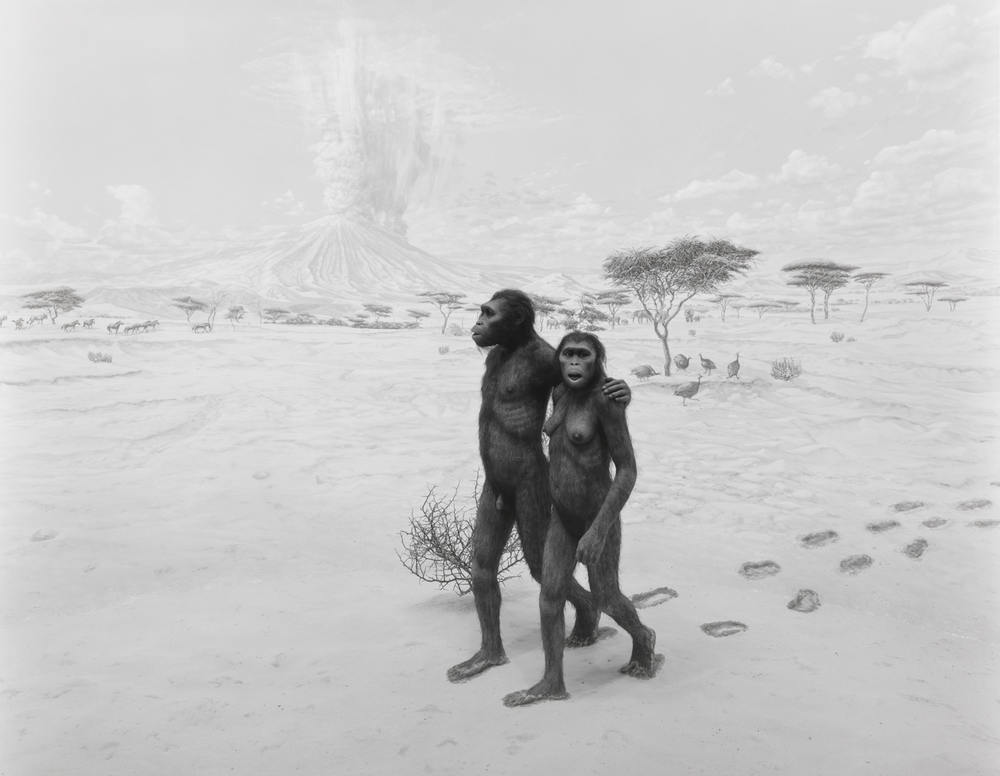
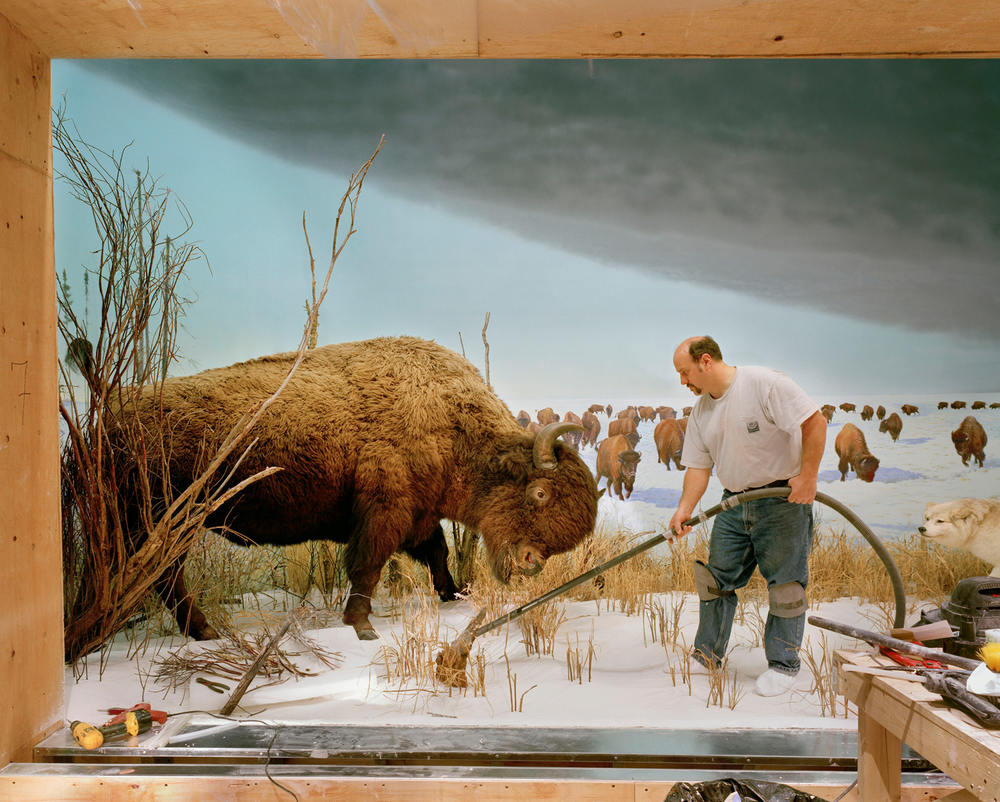
With the new direction of dioramas at the end of the 1960s came their deconstruction in contemporary art. A crucial element of this development is the artistic reception of the work "Étant donnés" (1946–1966) by Marcel Duchamp (1887–1968). The SCHIRN is showing a precise, detailed reproduction of this artwork by the French sculptor and object artist Richard Baquié (1955–1996), "Untitled. Étant donnés 1° la chute d’eau, 2° le gaz d’éclairage" (1991). Through two holes in a wooden door, the observer does not gaze at a landscape but rather at a faceless woman with her legs spread and thus becomes a voyeur and the diorama a fantasy-producing machine. Duchamp’s legendary manual for "Étant donnés" analyzes the technology, mechanisms, and creation of the diorama and became something of a critical model for the conceptual photography of Canadian artist Jeff Wall (born 1946). The SCHIRN is showing the work "The Giant" (1992), in which Wall once again questions the optical and mimetic illusion of the photographic image.
The artificiality of the diorama
Back in the 1970s, dioramas by the American Museum of Natural History inspired the early photography of Robert Gober (born 1954) and Hiroshi Sugimoto (born 1948). The exhibition presents a previously unpublished series by Gober from the year 1976. The shots play with two different levels of perception: Some leave the impression of scenes photographed in nature, while others emphasize the artificiality of the diorama and dissolve the effect of reality. The series "Dioramas" (1976–2016) by Japanese photographer Sugimoto critically tackles the promise of authenticity that comes with documentary photography and dioramas. In his black-and-white shots, the habitat of the diorama appears abandoned and morbid: The animals and plants become ghostly images of themselves.
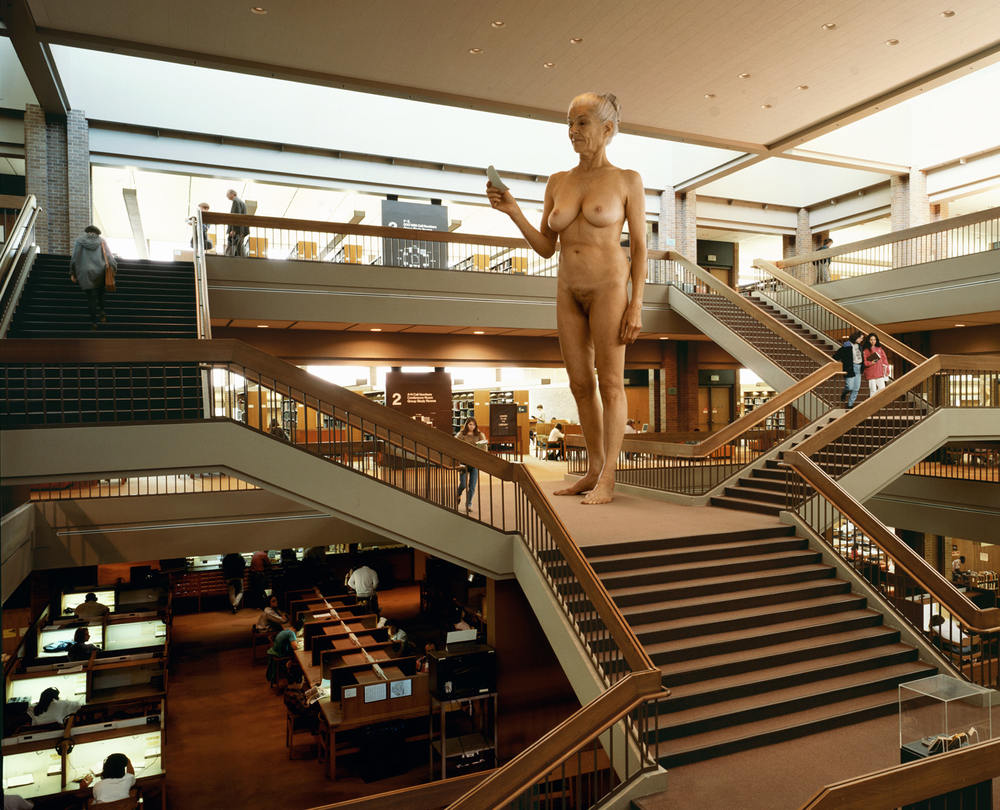
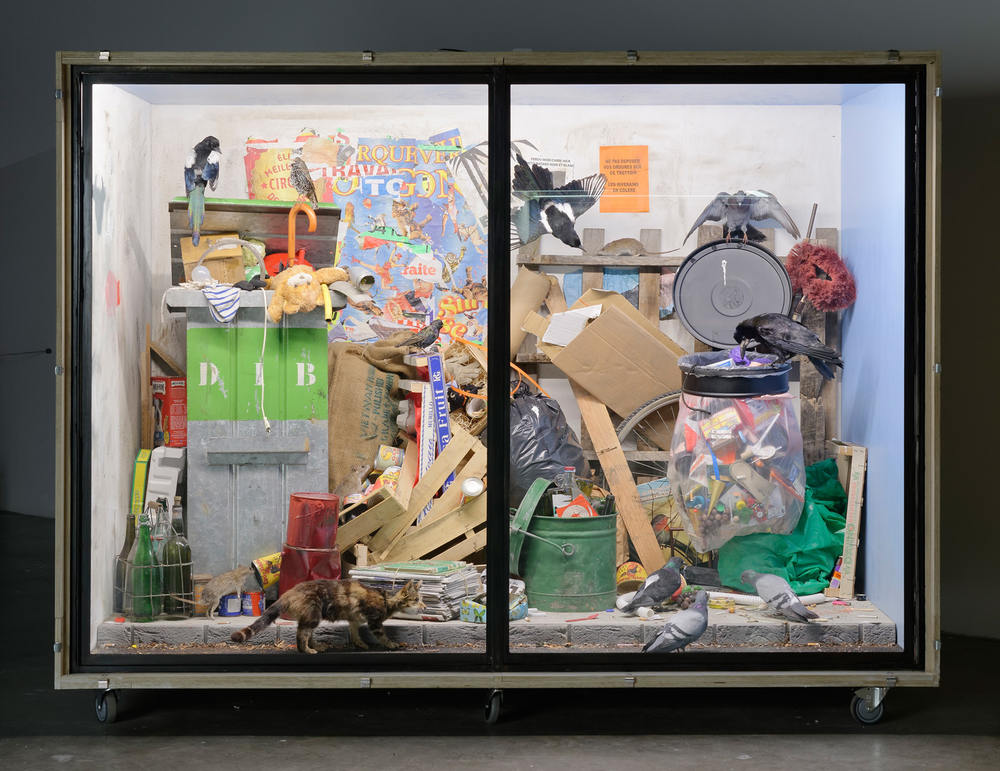
The American artist Mark Dion (born 1961) questions the human presentation of nature and examines the function and the principles of arrangement characteristic of habitat dioramas. The SCHIRN shows his work "Paris Streetscape" (2017) developed specially for the exhibition. In a large-format glass showcase, Dion presents a section of the Paris cityscape. The garbage of civilization, plastic waste, and scrap metal seem to have entirely banished nature. The diorama is populated by animals native to cities, and thus breaks with the idyllic presentation of animals in their natural ecosystems. Dion renews the diorama as a form of presentation and enriches it with contemporary themes such as consumerist behavior and environmental pollution. His works are an echo of the works by the German sculptor Isa Genzken (born 1948), who is represented in the exhibition with Empire Vampire III, 12 (2004), and French artist Mathieu Mercier (born 1970). The latter goes beyond the illusory principle of the habitat diorama and populates it with a live pair of axolotls. The aquarium placed in the glass showcase is surrounded by peat; Mercier has created an environment for the animals that is as artificial as it is archaic, and points to the evolutionary step that is embodied, as it were, by these hybrid beings. His work stands in the context of a greater reflection on everyday objects, their symbolism and their use both in industrial and artistic contexts.
The exhibition was organized by the Schirn Kunsthalle Frankfurt in collaboration with the Palais de Tokyo, Paris, where it was conceived and first presented.
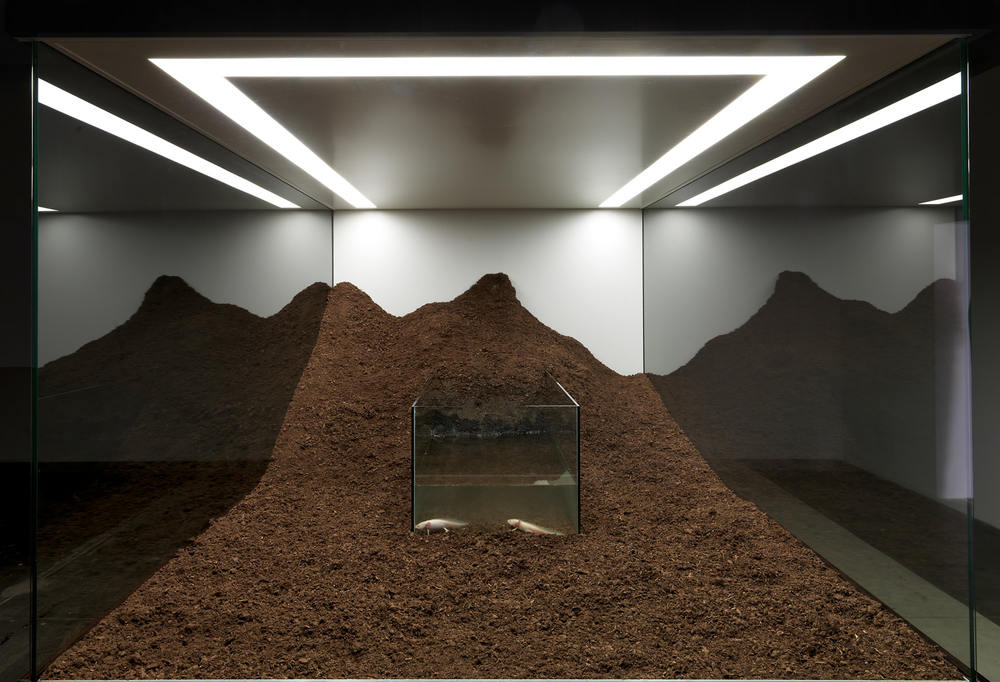

5 questions for Mary Messhausen and proddy produzentin
With the performance "Thonk piece: Hungry for Stains", drag queens Mary Messhausen and proddy produzentin will open the exhibition COSIMA VON BONIN....

HIP HOP IS BLACK CULTURE – NOT THE OTHER WAY AROUND
Hip hop’s 50th birthday is an occasion for us to listen to some old records and mixed tapes and to look back at the most important hip hop films of...

Now at the SCHIRN:COSIMA VON BONIN
The SCHIRN is showing a unique presentation of new and well-known works by COSIMA VON BONIN until June 9.

SHALLOW LAKES – plumbing the depths
In the SCHIRN’s rotunda, MELIKE KARA is presenting a series of sculptures that are reminiscent of bodies of water or small lakes. So, what’s this...

When subculture becomes mainstream – a balancing act
Regardless of whether it is hip hop, techno, or the queer scene: It is not unusual for the aesthetics of countercultures and subcultures to morph into...

Now at the SCHIRN: THE CULTURE: HIP HOP AND CONTEMPORARY ART IN THE 21ST CENTURY
Coinciding with the 50th anniversary of the birth of hip hop, the SCHIRN dedicates a major interdisciplinary exhibition to hip hop’s profound...

Julia Feininger – Artist, Caricaturist, and Manager
Art historians can tell us a lot about LYONEL FEININGER, but who was Julia Feininger and what legacy did she bequeath to the world of art?

Lyonel Feininger and the Harvard Art Museums. Part 2
The Harvard Art Museums host the largest Lyonel Feininger collection in the world. The directors Lynette Roth and Laura Muir chat about Feininger’s...
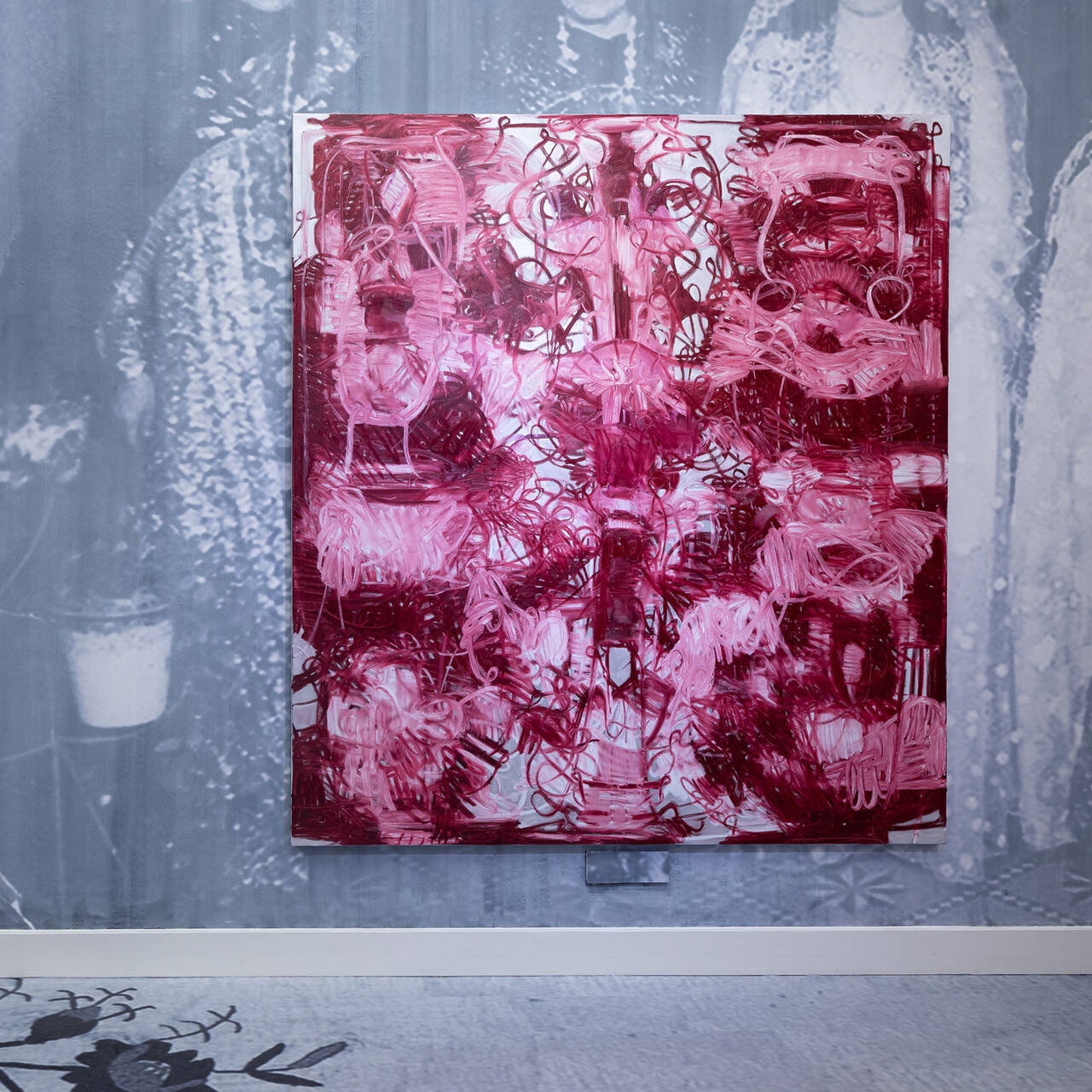
Five good reasons to view Melike Kara in the SCHIRN
From February 15, the SCHIRN presents a new site-specific installation by Melike Kara in its public rotunda. Here are five good reasons why it's worth...
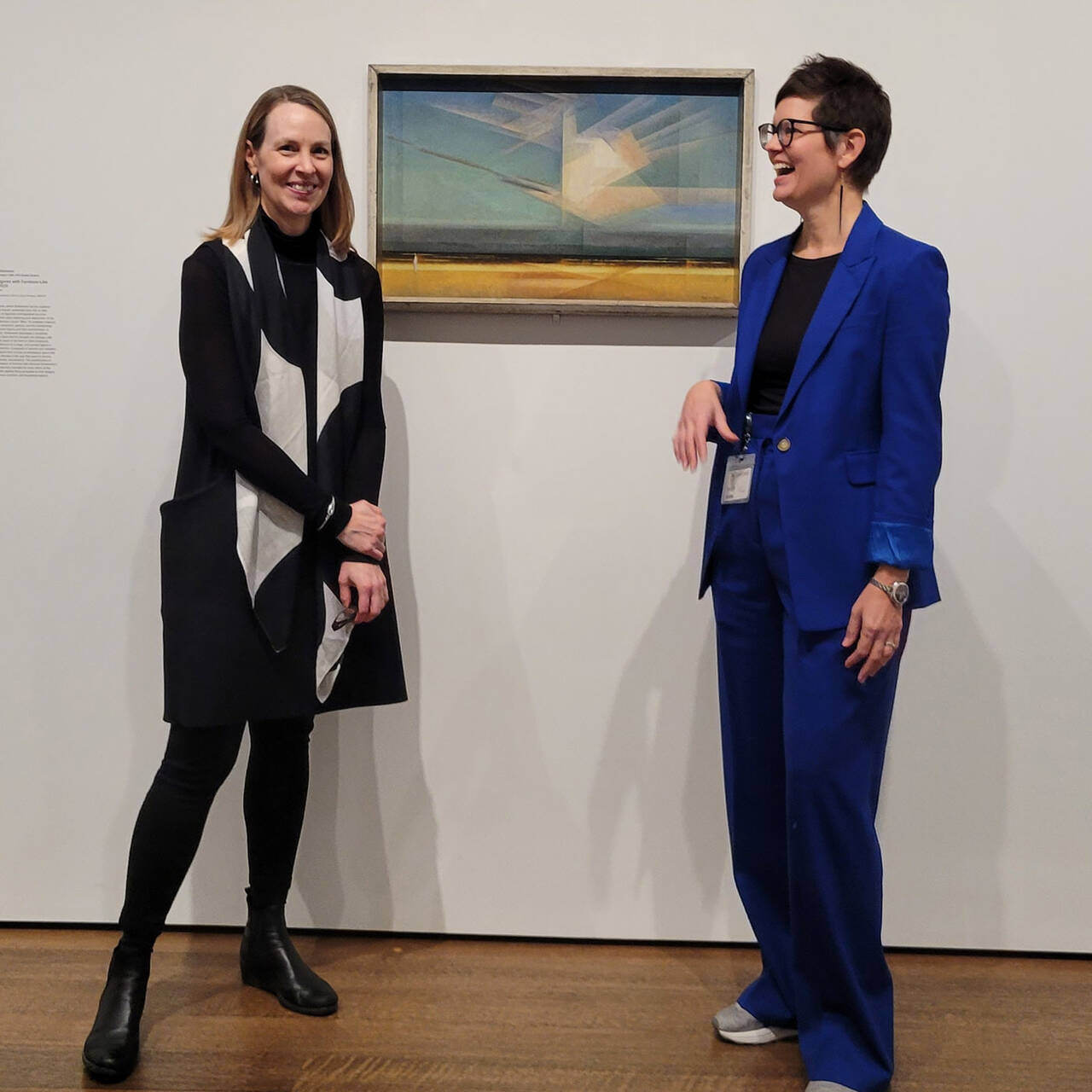
Lyonel Feininger and the Harvard Art Museums. Part 1
The Harvard Art Museums host the largest Lyonel Feininger collection in the world. How did that happen and how was the relationship between the artist...
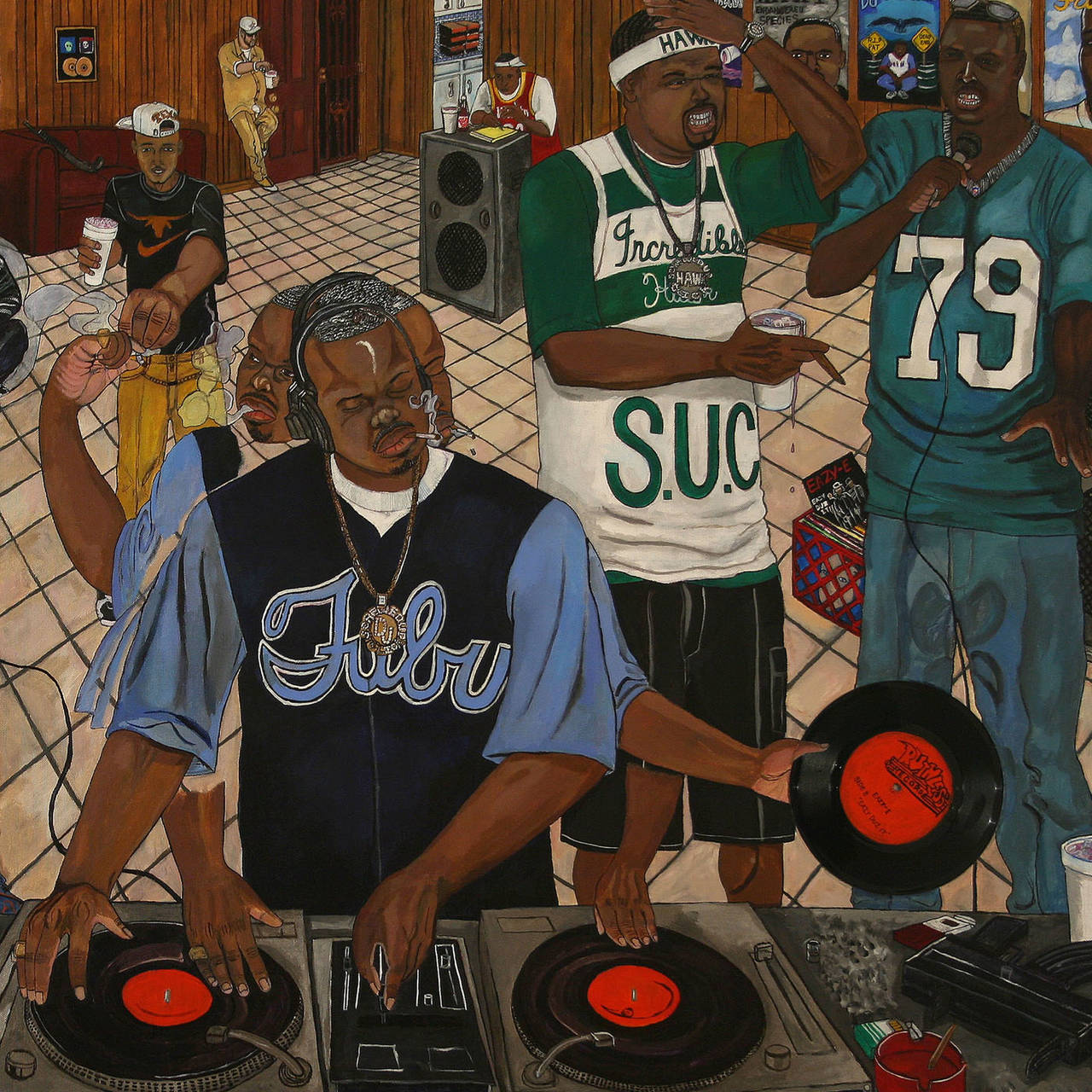
2024 AT THE SCHIRN
This is 2024 at the SCHIRN! From hip-hop and art in the 21st century, to Selma Selman, the self-proclaimed "most dangerous artist in the world", to...
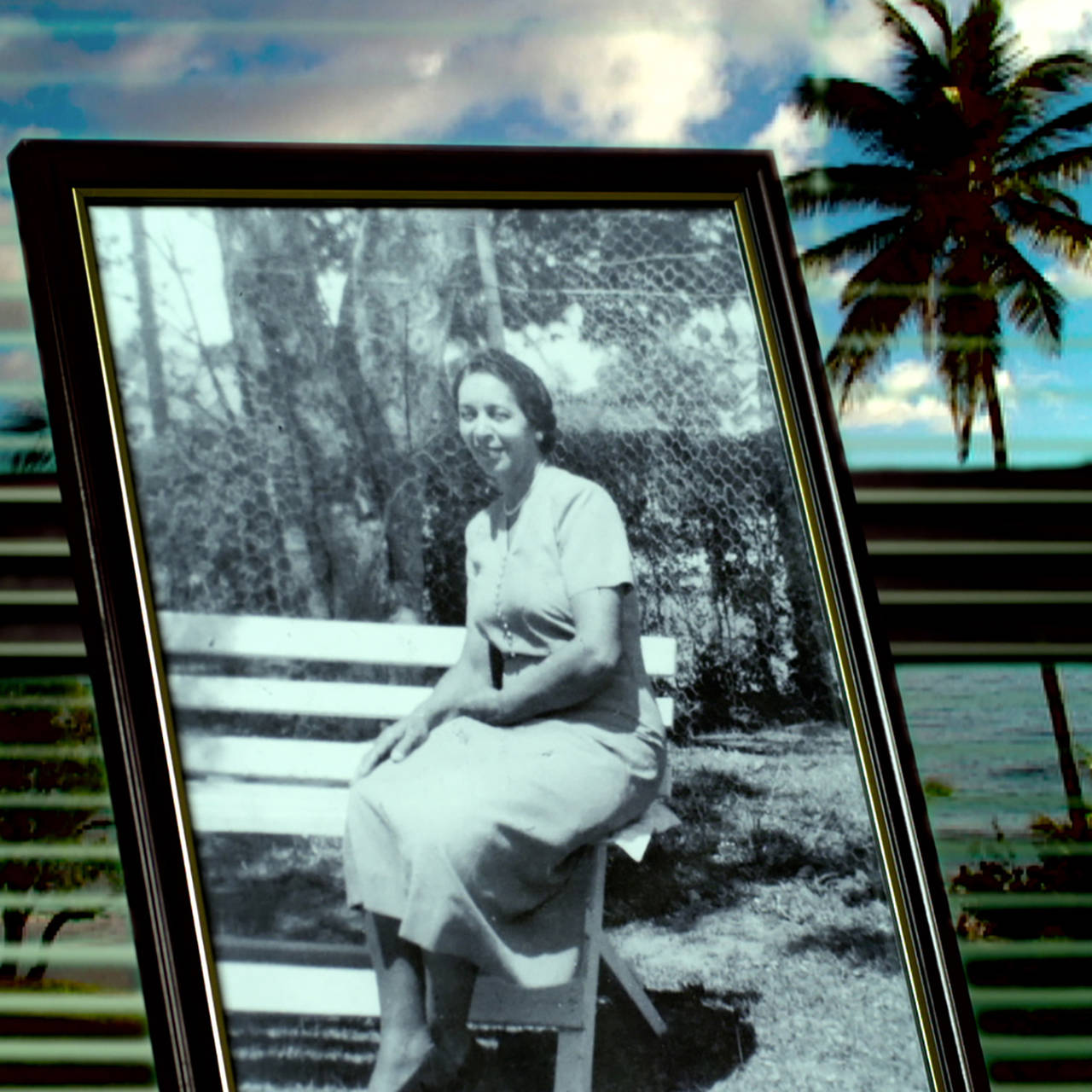
ROUTES, NOT ROOTS. JOHN AKOMFRAH, STUART HALL, AND THE BLACK AUDIO FILM COLLECTIVE
John Akomfrah’s video work “The Unfinished Conversation” is an homage to cultural theorist and sociologist Stuart Hall. Award-winning Frankfurt...

Empathy, but how? Julia Grosse talks to Elisabeth Wellershaus
What role do empathy and emotions play in the cultural world of today and tomorrow? In the first part of the interview series, curator Julia Grosse...
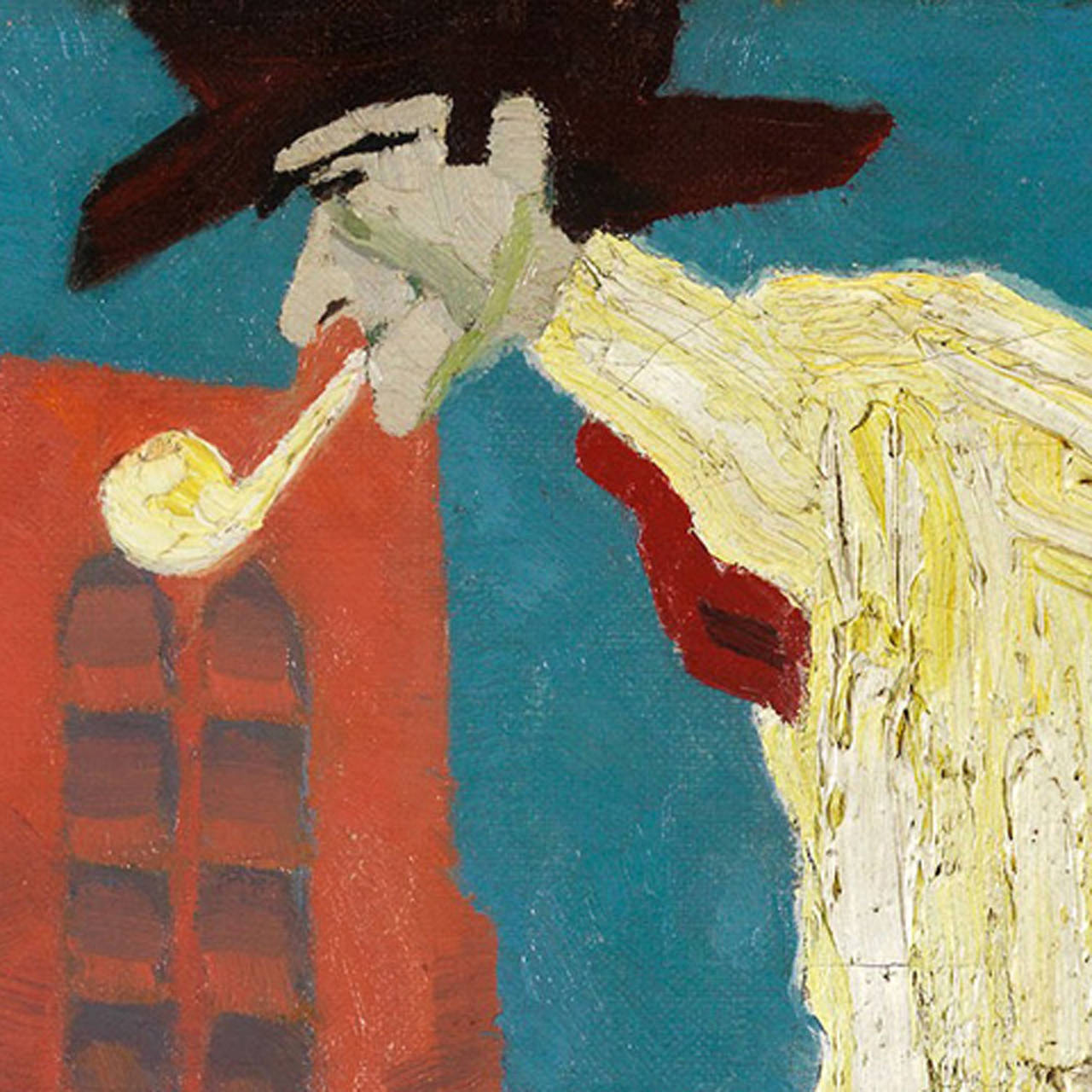
In the incognito of the mask. Lyonel Feininger’s self-portraits
What do the self-portraits Lyonel Feininger painted reveal about the great artist’s character and sensibilities? Feininger expert Andreas Platthaus...
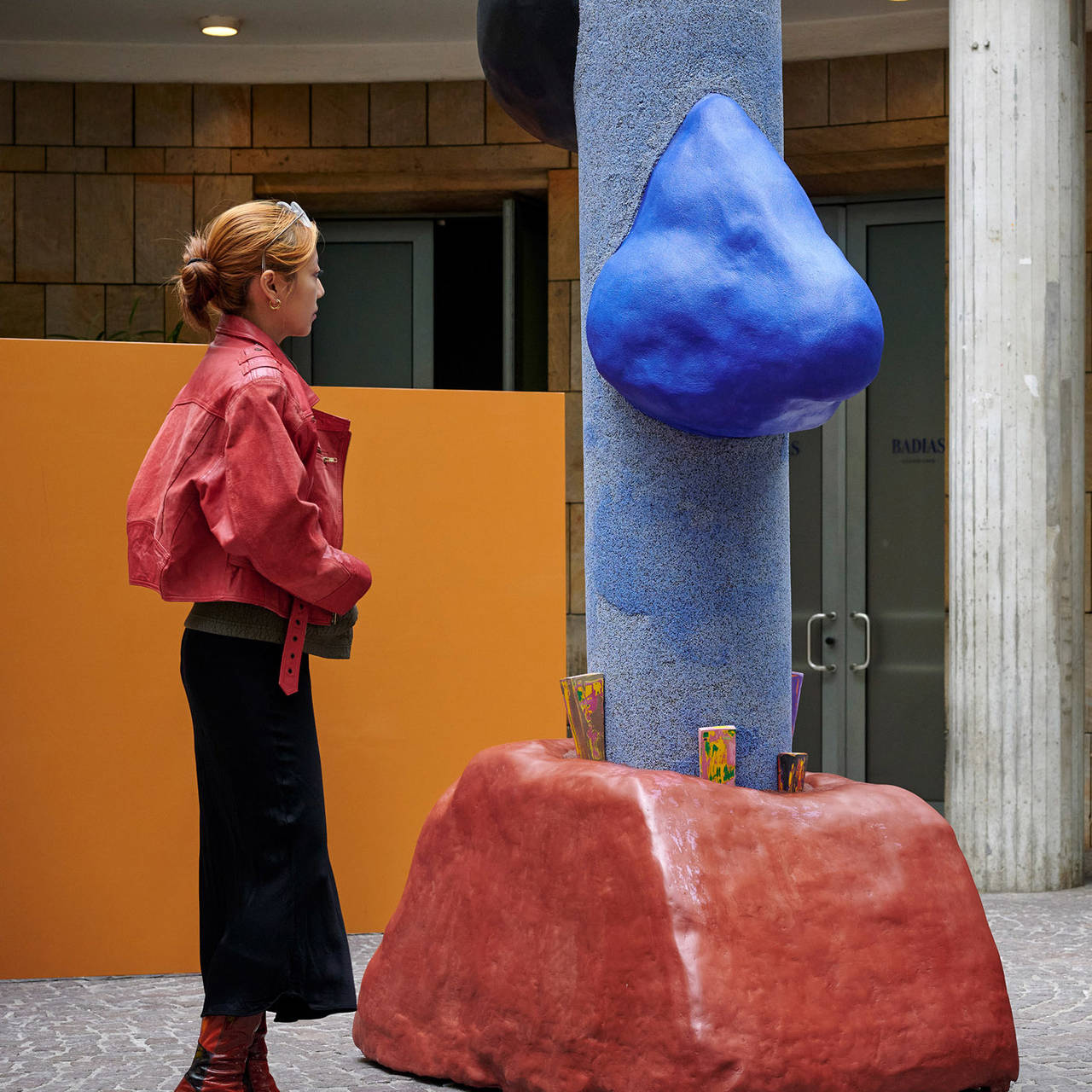
Sculptural approaches to a feminist city
What needs are privileged or ignored in the urban space? Questions such as these take pride of place in feminist architecture and design discourses –...